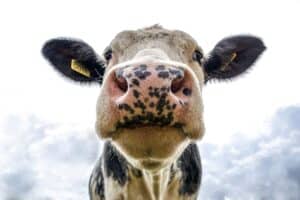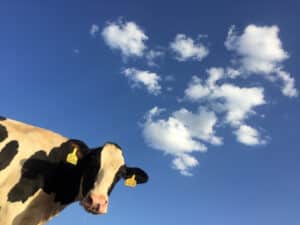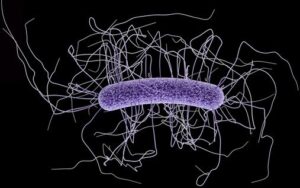by Bobbi Bailey, Ph.D
Animal Nutrition Specialist
Yeast culture and yeast cell wall components are effective products that have been fed to cattle for years and have been shown to exhibit a variety of beneficial properties affecting animal performance and health. The different modes of action of these products impact their contributions to health and performance benefits. First, let’s take a look at each individual component and then explore their use in beef cattle production.
Yeast culture stimulates digestive microflora which positively affects dry matter intake, rumen pH and nutrient digestibility. In the rumen, yeast culture enhances the cellulolytic or fiber digesting bacteria, leading to an increase in the rate and efficiency of ruminal fermentation. This contributes to increased feed intake, with the net result being the ability to extract more energy out of the feedstuff. An increase in microbial protein can also be realized due to stimulation of rumen fermentation.
The yeast cell wall is the portion remaining after the inner contents of the yeast cell have been removed. The yeast cell wall consists of two major components: mannan oligosaccharides (MOS) and beta glucans. Each of the MOS molecule will have lots of mannose molecules. Each mannose molecule represents a potential binding site for the pili on a bacteria from the Enterobacteriaciae which include pathogenic bacteria such as E. coli and Salmonella. “Mannose dependent binding” is one of the distinguishing characteristics of this family of microbes. By agglutinating, or binding all these bacteria together to a MOS molecule, they are prevented from adhering to and colonizing the intestine. Beta glucans are major structural components of the cell wall and are notable for their ability to have a positive effect on the immune system. Because of their ability to activate the immune system, beta glucans are known as immune modulators. This effect is directly associated with the ability of the beta glucan fraction to activate white blood cells in the immune system to increase resistance to infection and promote healing of damaged tissue.
Because of the aforementioned beneficial properties, yeast culture and yeast cell wall components are particularly useful during times of stress such as shipping and receiving or any time feed intake is suppressed. The receiving period can be a very stressful event for young cattle and can result in increased susceptibility to disease and decreased performance. Yeast culture and yeast cell wall components can be used to mitigate some of the negative effects stress and to improve performance and animal health during the receiving period. However, studies have shown economic benefit when fed to low stress receiving diets as well. This benefit is due primarily to improvements in feed efficiency and gain. Improvements in gain and feed efficiency can also be seen when these ingredients are kept in the feedlot ration all the way to finishing. They can also be included in free choice mineral mixes or in creep feed in pasture situations. Additionally, yeast culture and yeast cell wall products are natural alternatives to antibiotics that produce similar effects on animal performance and overall animal health. As pressure increases to reduce or eliminate the use of antibiotics, producers must employ strategies that accomplish production goals while meeting consumer demand. This includes utilizing natural products as an alternative to antibiotics.
In summary, production applications of yeast cultures and yeast cell wall components include use in receiving diets of both low and high-stress cattle, inclusion in mineral and creep feeds, and in feeds for natural and organic production systems. However the general mode of action of yeast cultures and yeast cell wall components lends itself to a wide variety of applications within all sectors of the beef industry. These components have been shown to be beneficial in improving rumen health, immune stimulation, reducing the cytotoxic effects of mycotoxins, protecting against harmful bacteria such as E.coli and Salmonella and promoting growth without the use of antibiotics. In beef cattle, this leads to improved feed efficiency, gains, reduced medical costs, mortality and overall health.



